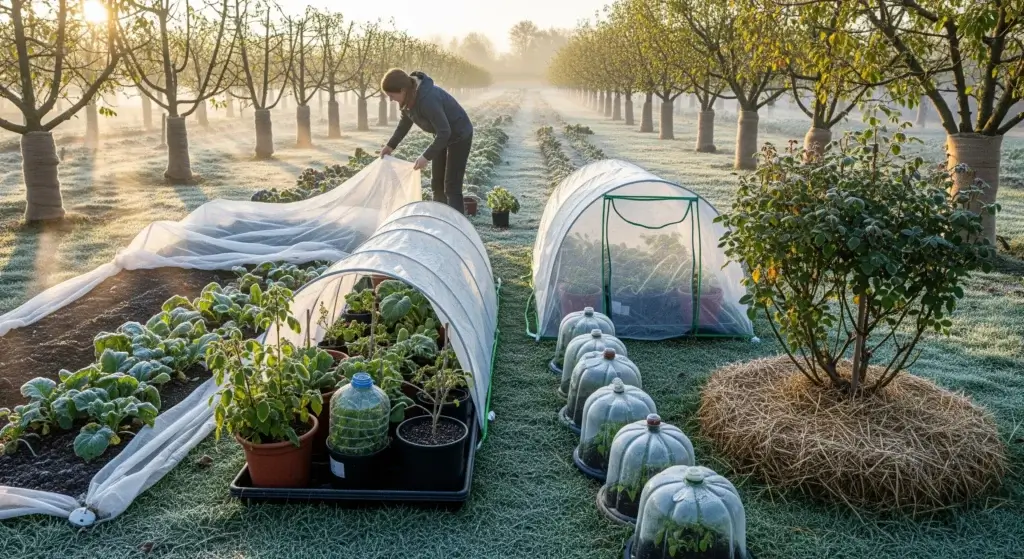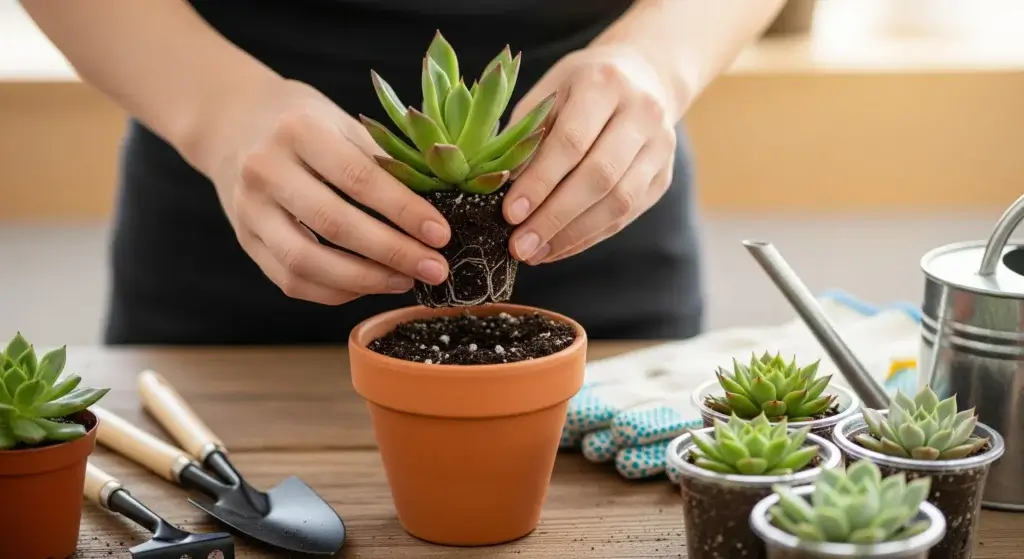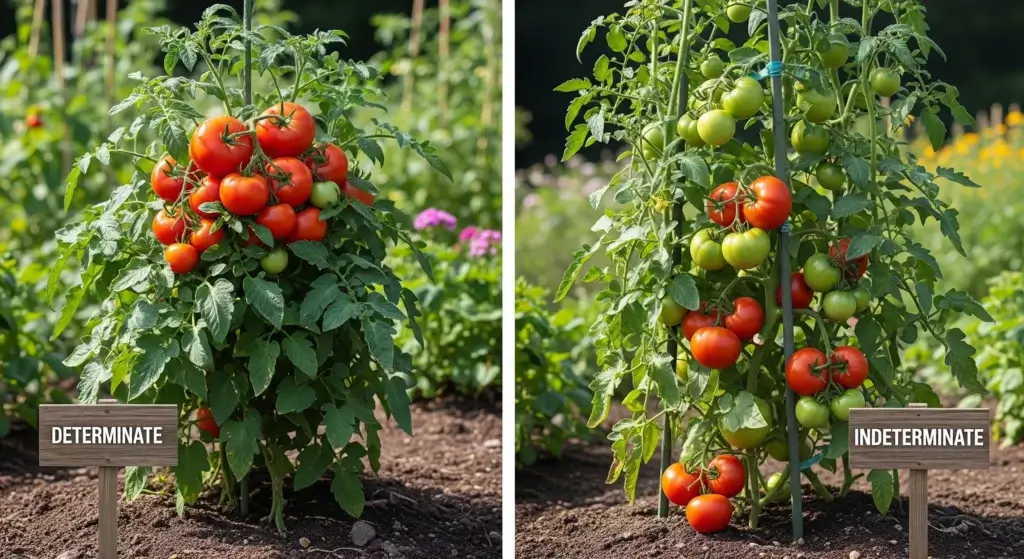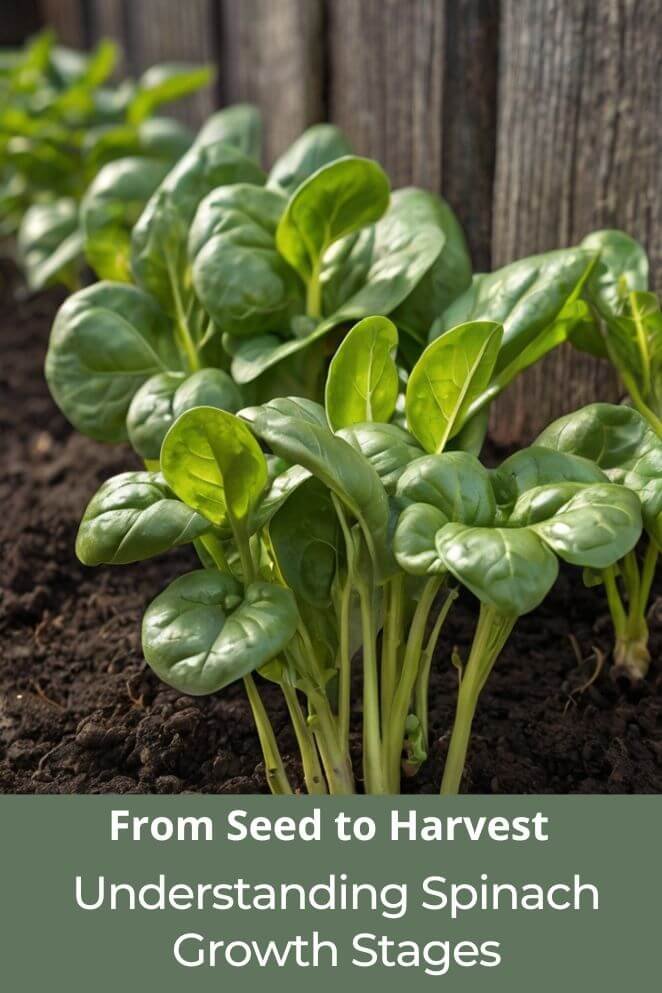
Growing your own spinach can be a rewarding experience, but understanding the plant’s growth stages is key to a successful harvest.
Spinach (Spinacia oleracea) is a cool-season crop that grows quickly, making it ideal for home gardeners and commercial growers alike.
By knowing what to expect at each growth stage, you can give your spinach the care it needs at the right time, ensuring vibrant, nutritious leaves for your kitchen.
Importance of Understanding Spinach Growth Stages
When you know the growth stages of spinach, you can give your plants the best care possible at every step.
Each stage of growth has different needs, so by paying attention, you can make small adjustments to keep your spinach healthy and thriving.
For example, understanding when spinach is most likely to bolt (flower early) can help you prevent it, giving you more leaves and a better harvest.
You’ll also be able to spot and fix issues like nutrient deficiencies or pest problems before they get serious.
Overall, understanding these stages will help you grow stronger plants and enjoy a higher-quality harvest of fresh, nutritious spinach.
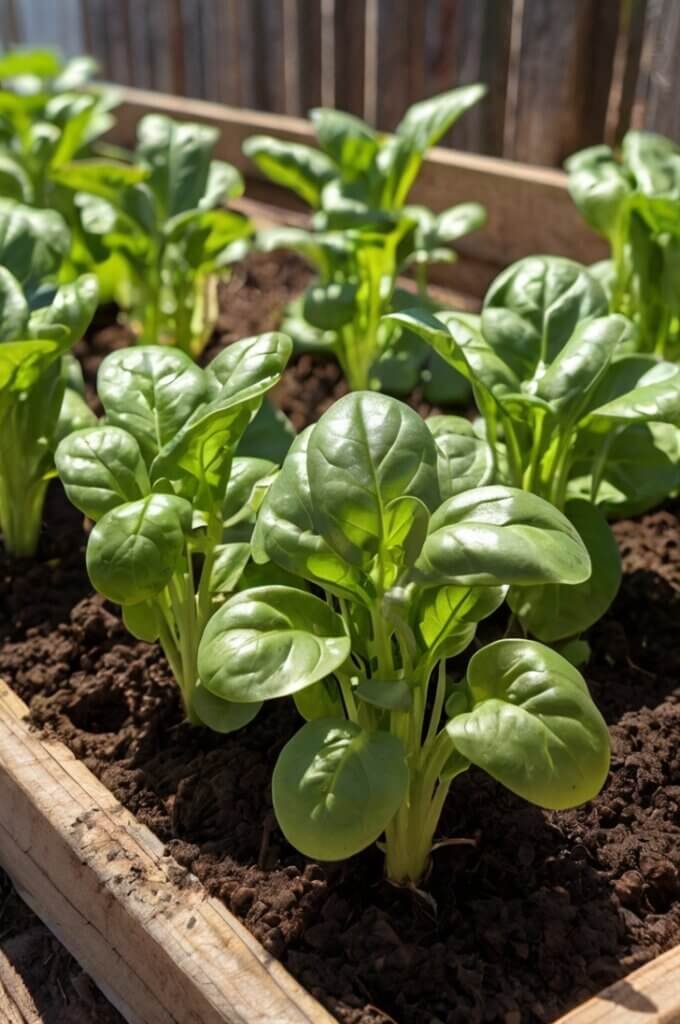
Spinach Growth Stages
Seed stage
The spinach life cycle begins with seeds, which are typically sown directly in the ground or in containers.
Spinach seeds germinate best in cooler soil temperatures, between 50°F and 70°F (10°C to 21°C).
At this temperature, germination typically occurs within 5 to 10 days.
How to support this stage:
- Planting depth: Sow seeds about ½ inch deep.
- Spacing: Space seeds around 2 inches apart to allow room for growth.
- Soil moisture: Keep the soil consistently moist but not waterlogged, as overly wet soil can cause seeds to rot.
Seedling stage
After germination, the seedling stage begins.
This phase is marked by the appearance of the first true leaves, which are broader and more recognizable as spinach leaves.
During this stage, the seedlings start developing a root system that will support them through the rest of the growing process.
How to support this stage
- Light: Seedlings require full sun (about 6 hours a day). If growing indoors, use grow lights to ensure they receive sufficient light.
- Thinning: Thin seedlings to about 4 inches apart to prevent overcrowding.
- Watering: Provide consistent, gentle watering to avoid stressing young plants, but avoid overwatering.
Vegetative growth stage
In this stage, spinach begins rapid vegetative growth, producing an abundance of leaves.
This phase is crucial as the plant develops most of its edible foliage.
Nutrient uptake is critical during this period to support leaf growth and prevent deficiencies.
How to support this stage
- Fertilization: Consider using a balanced fertilizer with nitrogen, which is essential for leafy growth.
- Soil care: Mulch around plants to retain soil moisture and reduce weed competition.
- Watering: Spinach plants require consistent moisture, especially during dry spells. Avoid getting leaves wet to prevent disease.
Flowering stage
The flowering stage, also known as bolting, occurs when spinach starts to produce flower stalks instead of leaves.
This typically happens as temperatures rise above 75°F (24°C).
While bolting is a natural part of the life cycle, it marks the end of leafy production, as energy shifts to flower and seed development.
How to manage this stage
- Prevention: To delay bolting, consider planting “slow-bolt” spinach varieties and provide shade or mulch to keep roots cool.
- Harvest timing: Once bolting begins, leaf quality declines, so harvest leaves as soon as you notice the plant transitioning to flower production.
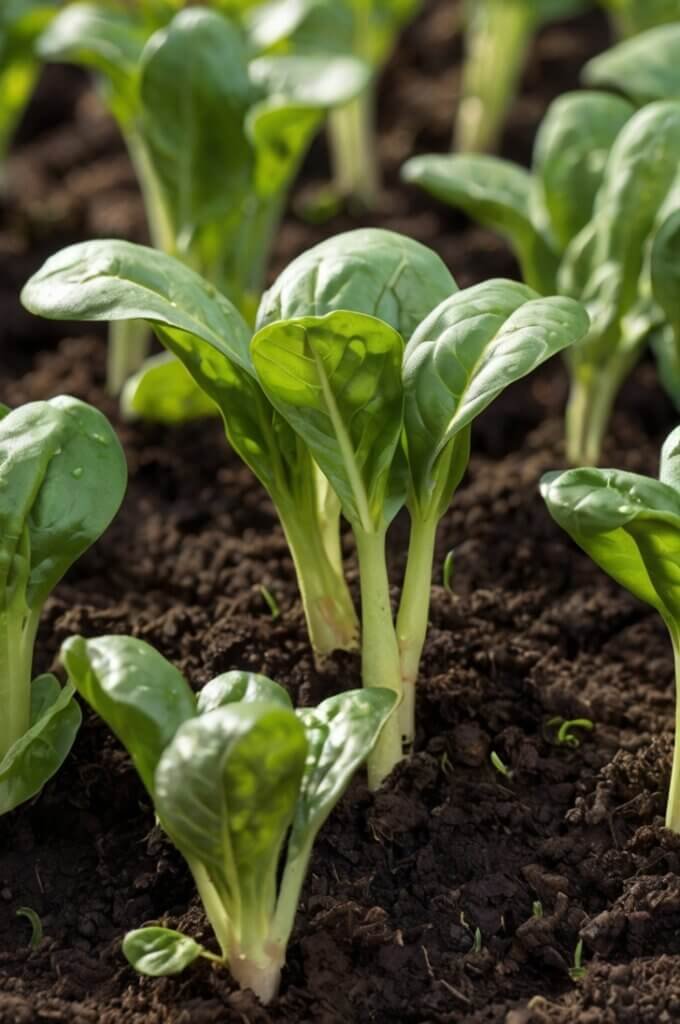
Tips for Optimal Spinach Growth
A successful spinach crop is not just about understanding growth stages but also about applying optimal care techniques.
Here are some practical tips for getting the best out of your spinach plants:
Soil preparation and fertilization
Spinach thrives in loose, fertile soil with a pH between 6.0 and 7.0.
Before planting, enrich the soil with organic matter, such as compost or well-rotted manure.
For additional nutrients, consider a balanced fertilizer to support growth, especially during the vegetative phase.
According to studies from the American Society of Agronomy, nitrogen application can enhance leaf size and chlorophyll content in spinach.
Watering techniques
Spinach needs consistent moisture, especially during the seedling and vegetative stages.
Water deeply to reach the roots but avoid soggy soil, which can lead to root rot.
Using drip irrigation or watering at the base of the plants can prevent wetting the leaves and reduce the risk of fungal diseases.
Light requirements
Spinach prefers full sun but can tolerate partial shade, especially as temperatures rise.
In warm climates, afternoon shade can help prevent bolting.
If growing indoors or in low-light conditions, consider supplementing with grow lights.
Pest and disease management
Common spinach pests include aphids, leaf miners, and caterpillars, which can damage leaves.
Use insecticidal soap or neem oil to manage infestations, but always follow product instructions to avoid harming beneficial insects.
Diseases like downy mildew and leaf spot can affect spinach, particularly in damp conditions.
Plant resistant varieties if possible, and practice crop rotation to minimize disease risk.
Harvesting spinach at the right time
Harvest timing is critical for optimal taste and nutrition.
Spinach leaves are typically ready to harvest within 37-45 days from planting, though this can vary by variety.
Harvest leaves by cutting at the base or trimming individual leaves as needed.
Avoid waiting too long to harvest, as older leaves can turn bitter, and late harvesting can accelerate bolting.
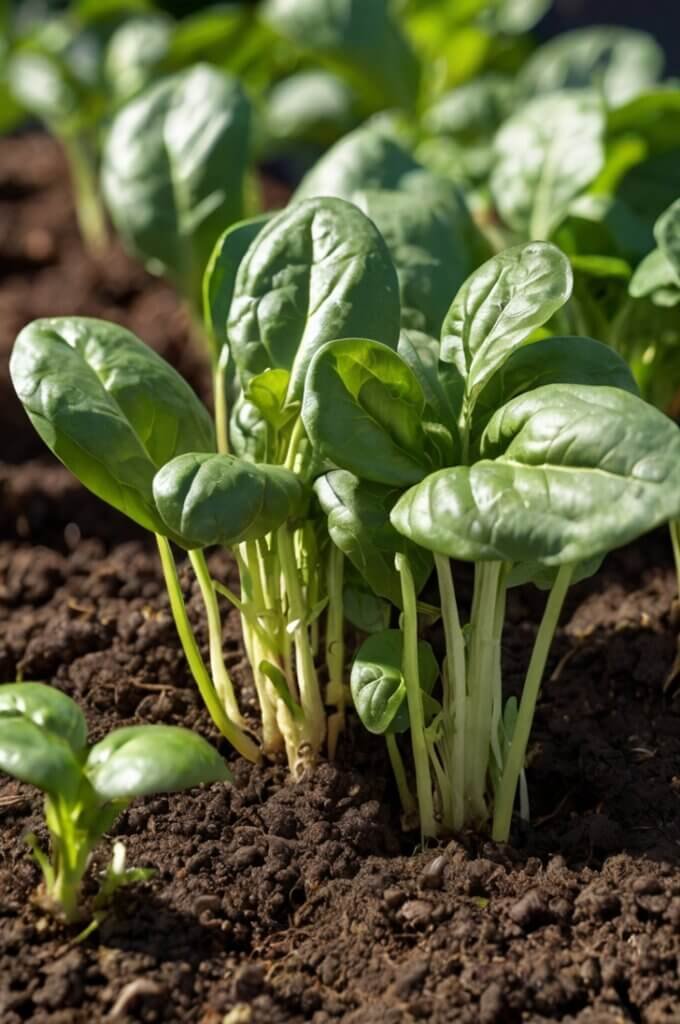
Final Thoughts
Growing spinach successfully requires an understanding of its unique growth stages and needs.
By monitoring each stage, applying proper care, and choosing the right growing techniques, you can enjoy a bountiful spinach harvest.
Not only will you enjoy fresh, nutritious greens, but you’ll also gain satisfaction from growing your own food.

